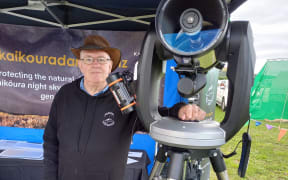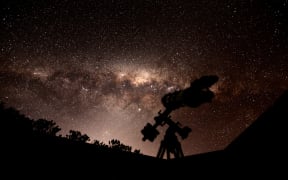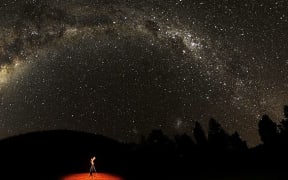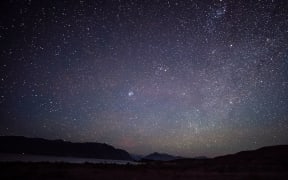By David Hill, Local Democracy Reporter
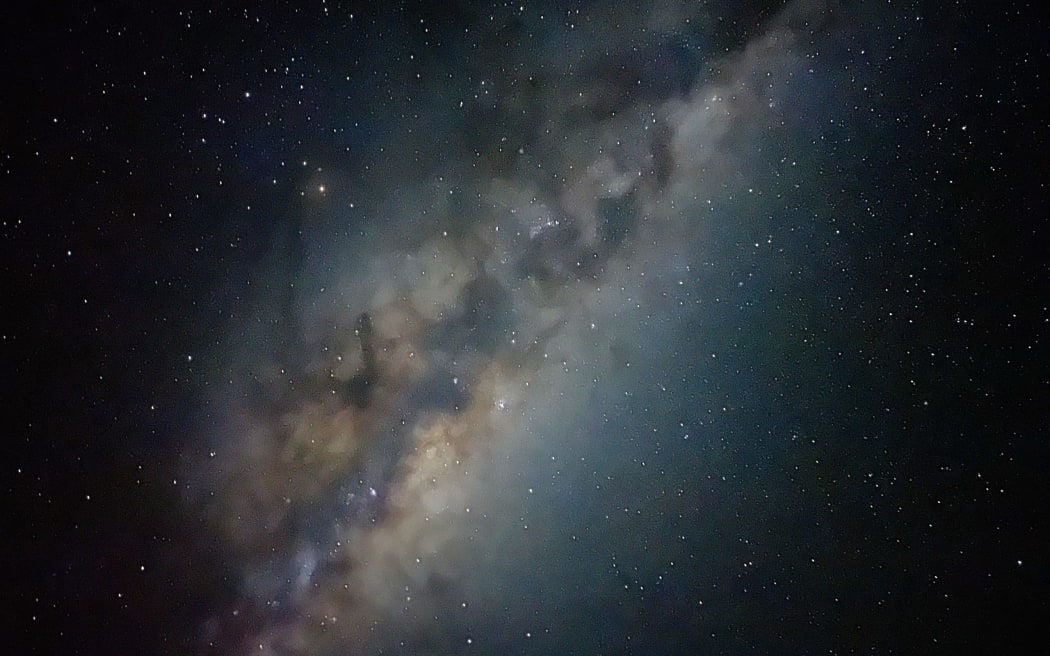
Oxford astronomers hope to protect views of the galactic centre. Photo: Supplied / Raul Elias-Drago
Oxford Observatory has invested in new equipment as it awaits a decision on international dark sky park status.
Volunteer Raul Elias-Drago said the Oxford Area School-based observatory had invested in new eye pieces, an imaging telescope and high-powered binoculars.
It could be a big year for astronomy in Oxford, as volunteers nervously await the outcome of a dark sky park application, which was submitted to the International Dark-Sky Association (IDA) late last year.
Dark sky park status limits artificial light pollution and allows for better star gazing.
The new eye pieces will offer different magnification for viewing through the telescope, while the binoculars will allow people to get a closer view of constellations.

''You can't view the Southern Cross through the telescope, you have to focus on one of the stars, but with the binoculars you can look at the whole thing magnified,'' Elias-Drago said.
The binoculars will also allow better viewing of Matariki, which is too low on their horizon to view through the telescope in winter.
Objects like Omega Centauri (a star cluster) can look like ''a haze'' through the observatory's 12-inch telescope, but zooming out with a different eye piece will give a clearer view.
The new imaging telescope will allow volunteers to capture images of the sun or stars and is linked by Bluetooth to a cellphone or laptop.
It is portable so it could be taken into the Oxford Forest Conservation Area at night or to visit schools for solar observing during the day, Elias-Drago said.
The Oxford Dark Sky Group, which was established by the Oxford Observatory, submitted its application for dark sky park status for the 11,350-hectare Oxford Forest Conservation Area in November.
''We will definitely plan some sort of celebration if we are successful,'' Elias-Drago said.
The ultimate goal is to become a dark sky reserve, with the conservation area as the core and the township and surrounding area as the periphery.
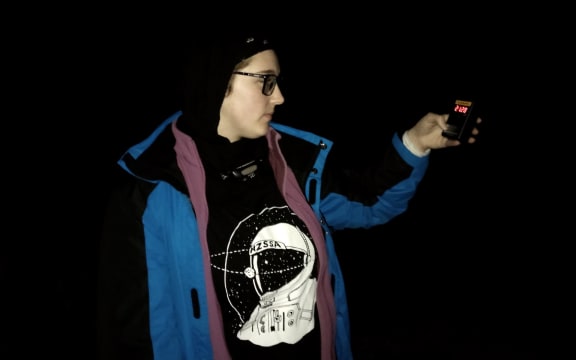
Sasha Crawford takes a measurement of the night sky in the Oxford Forest Conservation Area. Photo: David Hill / North Canterbury News via LDR
The Oxford Dark Sky Group has been working closing with Waimakariri District Council to consider the town's lighting and possible changes to the district plan.
Good lighting policies could reduce light pollution, improve melatonin levels in humans and improve animal welfare, Elias-Drago said.
A study commissioned by Enterprise North Canterbury, the council's economic development arm, suggested a dark sky reserve could generate $5.4 million in additional spending in the town, and create up to 24 jobs.
New Zealand already has two dark sky reserves: Aoraki Mackenzie and the Wairarapa Valley.
Elias-Drago said the observatory would kick of the year with a special open night to coincide with International Women's Day in March.
Regular open nights will be held from April to September, before finishing the year with a Movember fundraising night.
The popular night classes are not being offered this year, but various workshops are being planned throughout the year, including astrophotography and understanding the solar system (the ''Rhythmic Sky'').
LDR is local body journalism co-funded by RNZ and NZ On Air.
